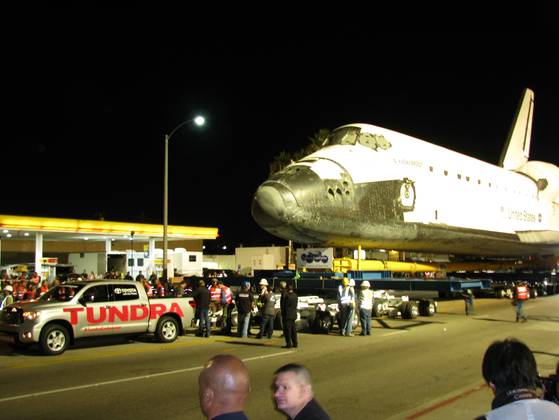Originally Posted By: rjundi
Originally Posted By: supton
I'd like to see them do a panic stop.
 Doesn't take much to get moving, but it takes a bit to stop.
Doesn't take much to get moving, but it takes a bit to stop.
Properly equipped heavier trailers have brakes that are typically electric with battery backup. So stopping should be a non-issue.
That makes the "test" a "stunt", they are stating that Tundra can do "the job", but "the job" is only to get the shuttle moving.
I have seen 200 tonne equipment transported across the country, and the ability for 1 truck to get the load moving is nothing to do with the job of moving stuff.
Originally Posted By: supton
I'd like to see them do a panic stop.

Properly equipped heavier trailers have brakes that are typically electric with battery backup. So stopping should be a non-issue.
That makes the "test" a "stunt", they are stating that Tundra can do "the job", but "the job" is only to get the shuttle moving.
I have seen 200 tonne equipment transported across the country, and the ability for 1 truck to get the load moving is nothing to do with the job of moving stuff.



